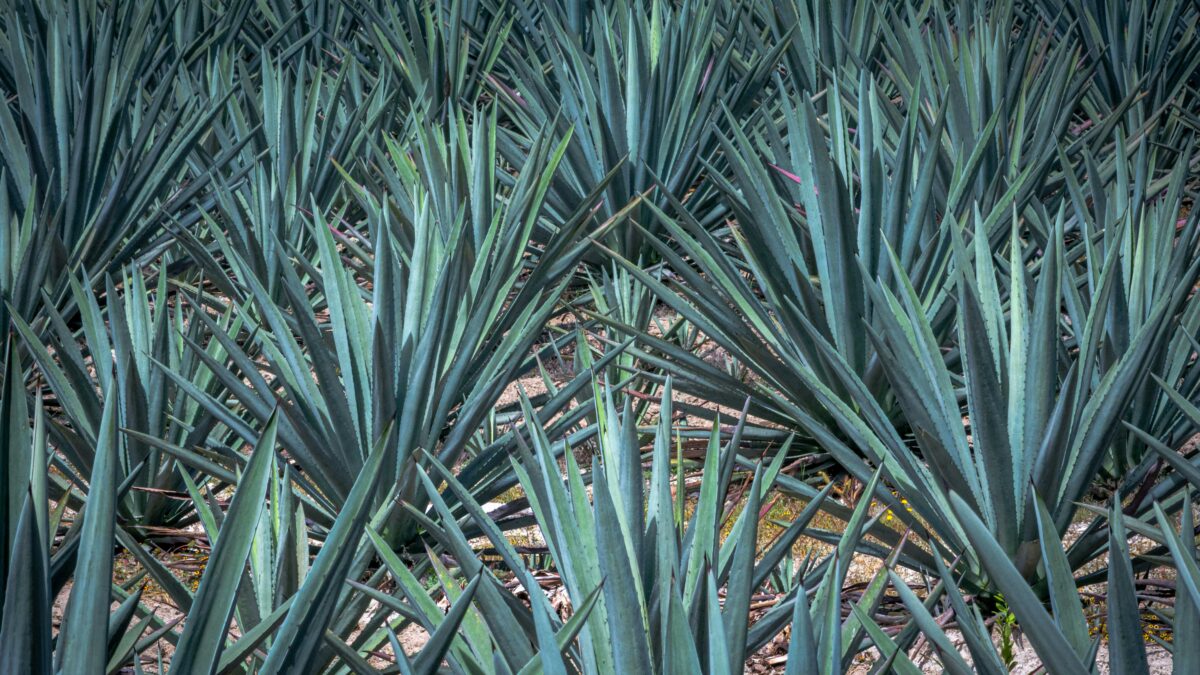Lowlands and Highlands Tequila

What is the commercial plan?
June 21, 2024
Agave Liquor: origin and distinction
August 26, 2024In Mexico, there are two important regions in the State of Jalisco: The Valley and the Highlands, which are at the center of the tequila movement. The Valley is in the lowlands of the state, while the Highlands, as the name suggests, are in the highlands.
The Highland region is rich in red clay, mineral-rich soil, and cooler temperatures. Due to this, tequilas produced in the highlands are sweeter and have a tropical flavor. The Valley or lowlands region has volcanic terrain, so the tequilas are more earthy and full of herbaceous qualities.

Agave in the regions
Regarding the agave grown in each region, there are numerous variables that influence the final taste of tequila. Factors such as cultivation time, location, neighboring crops, the distance between plants, the use of chemicals in the soil, the availability of nutrients, the climate and temperature of the region, as well as the amount of rainfall received, are all determining factors.
Each region has its own “terroir.” This French term is equivalent to the Spanish “terruño,” both originating from the Latin “terra.” This concept has been adopted in various languages to describe a specific geographic region that encompasses the natural elements and specific influences of an area on agriculture.
These factors and many more influence the taste of agave. The importance of the water source should not be forgotten, as some experts consider that the Valley of Tequila has a superior water source, which can also affect the flavor profile of the tequila.
Undoubtedly, each tequila produced in the different regions has distinct characteristics that generate a unique flavor. The purchase decision will depend on the consumer, trends, and other aspects of the industry.




